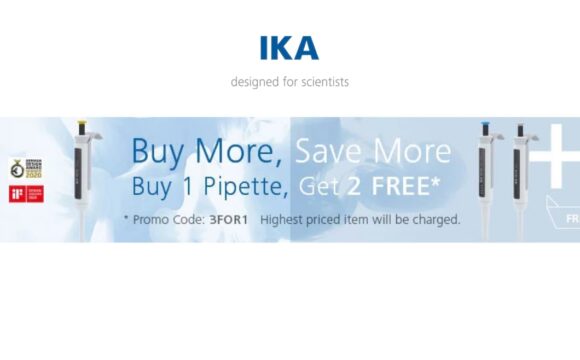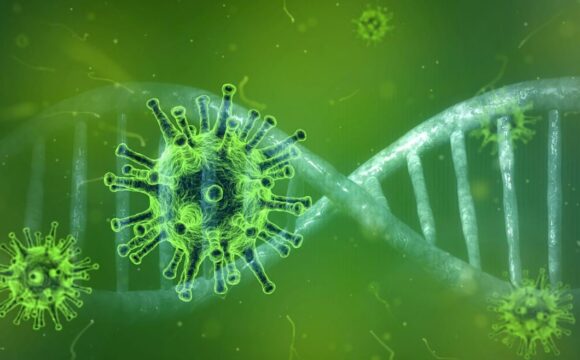Exploring Four Common Types of Glassware Used in Laboratories
Glassware is an integral part of laboratory equipment, providing scientists and researchers with essential tools for conducting experiments, measuring volumes, and performing various analytical procedures. This article focuses on four commonly used types of glassware in laboratories. From beakers and Erlenmeyer flasks to test tubes and pipettes, each of these glassware items serves unique functions and plays a crucial role in facilitating accurate and precise scientific work. Understanding their features, applications, and proper usage is fundamental for researchers to select the appropriate tools for their experiments, ensuring reliable results and maintaining laboratory safety.
laboratory glassware manufacturer and suppliers are available 24*7 to provide lab glassware as per your requirement. Omsons Glassware provide best Lab equipment, laboratory glassware, Lab Hydrometers, Lab Thermometer near your location and laboratory glassware manufacturers and suppliers in India.
- Beakers
Beakers are one of the most ubiquitous and versatile pieces of glassware found in laboratories. They are cylindrical vessels with a flat bottom, a pouring spout, and often graduated markings on the side to estimate volume. Beakers come in various sizes, typically ranging from 50 milliliters (mL) to several liters, making them suitable for a wide range of experimental scales.
Beakers are primarily used for holding and measuring liquids. Their shape and wide opening allow for easy pouring, mixing, and stirring of substances. However, it’s important to note that beakers are not designed for precise volume measurements, as the graduations on the side are approximate. Instead, they are commonly used for qualitative experiments, such as preparing solutions, conducting simple reactions, and general mixing of chemicals.
Due to their durability and resistance to heat and chemicals, beakers can withstand a variety of laboratory conditions. They are often made from borosilicate glass, which is capable of withstanding rapid temperature changes without breaking. Additionally, beakers can be covered with watch glasses or used in conjunction with other glassware, such as funnels, to prevent evaporation or contamination during heating or storage.
- Erlenmeyer Flasks
Erlenmeyer flasks, also known as conical flasks, are another commonly used glassware in laboratories. They have a conical shape with a flat bottom and a narrow neck. Erlenmeyer flasks offer several advantages over beakers, particularly in reactions involving gas evolution or when it’s necessary to minimize exposure to the atmosphere.
The conical shape of Erlenmeyer flasks allows for efficient swirling and mixing of the flask’s contents without the risk of spills. This makes them ideal for reactions that require agitation or mixing. The narrow neck of the flask allows for the attachment of stoppers or caps, enabling airtight storage and preventing contamination.
Erlenmeyer flasks are often used for heating, as the wide surface area of the liquid facilitates faster evaporation and more efficient heat transfer. They are commonly employed in chemical synthesis, titrations, and culturing microorganisms. Additionally, Erlenmeyer flasks can be easily placed on magnetic stirrers for continuous mixing during reactions.
The graduations on Erlenmeyer flasks are not as precise as those on volumetric glassware like graduated cylinders, but they still provide a rough estimation of volume. However, for accurate measurements, it is recommended to use specific volumetric glassware.
- Test Tubes
Test tubes are small cylindrical tubes made of glass, typically with a flat or rounded bottom. They are a fundamental component of laboratory glassware, offering versatility and convenience in a wide range of applications. Test tubes come in different sizes, allowing researchers to handle small volumes of liquids or substances.
Test tubes are used for a variety of purposes in laboratories. They are commonly employed for holding and heating small amounts of liquids, performing qualitative tests, and conducting small-scale reactions. Test tubes can be capped or fitted with stoppers to contain their contents securely, making them suitable for storage and transportation of samples.
In addition to their practical uses, test tubes are also utilized in observations and measurements. They provide a clear, cylindrical view of the sample, allowing researchers to visually assess changes or characteristics, such as color changes, precipitate formation, or gas evolution. Test tubes are often used in qualitative analysis, biochemical assays, and microbiological studies.
It is important to note that test tubes are not designed for precise volume measurements. Instead, they serve as convenient vessels for small-scale experiments or as a means of containing and manipulating small quantities of materials.
- Pipettes
Pipettes are precision instruments used for accurate measurement and transfer of small volumes of liquids. They are essential tools in laboratories, enabling researchers to handle precise quantities of reagents or samples with high accuracy. Pipettes come in various forms, including graduated pipettes and micropipettes, each catering to specific volume ranges and measurement requirements.
Graduated pipettes, also known as serological pipettes, have graduations along their length and are used for measuring specific volumes accurately. They typically range from 1 mL to 50 mL in volume. To use a graduated pipette, the liquid is drawn up into the pipette using a pipette bulb or a pipette controller, and the volume is determined by reading the graduation marks on the pipette.
Micropipettes, on the other hand, are designed for handling extremely small volumes, usually ranging from microliters (μL) to nanoliters (nL). Micropipettes are commonly used in molecular biology, genetic research, and pharmaceutical analysis, where precise and accurate liquid handling is crucial. They are equipped with disposable tips, allowing for contamination-free transfers and minimizing cross-contamination between samples.
Both types of pipettes employ an aspiration mechanism to draw liquid into the instrument and deliver it to the desired location. Pipettes offer high precision and repeatability in volume measurements, contributing to the accuracy and reliability of laboratory experiments.
Conclusion
Beakers, Erlenmeyer flasks, test tubes, and pipettes are four common types of glassware frequently used in laboratories. Each of these glassware items serves a specific purpose, such as holding, measuring, mixing, or transferring substances, contributing to accurate scientific work and promoting laboratory safety.










